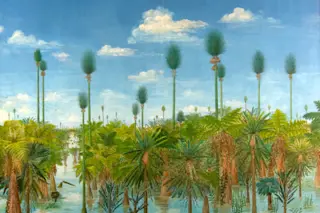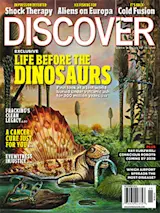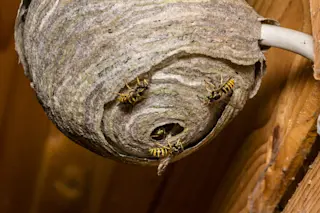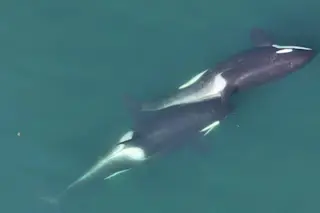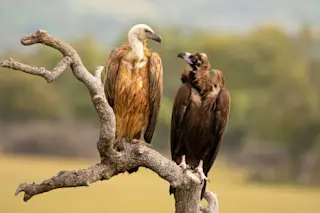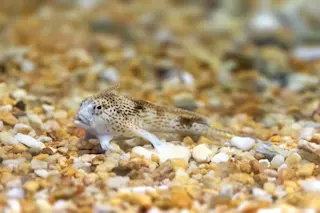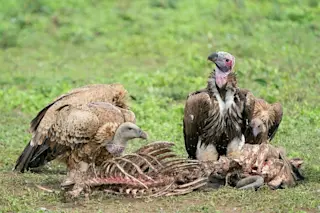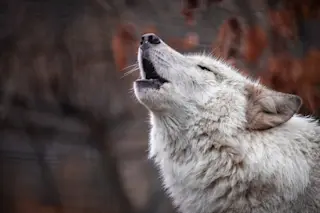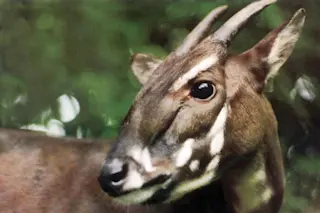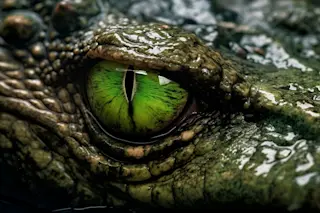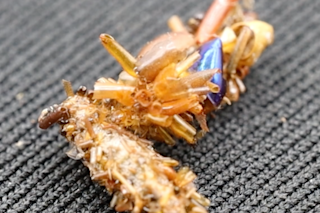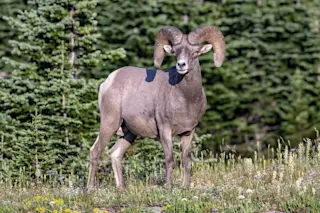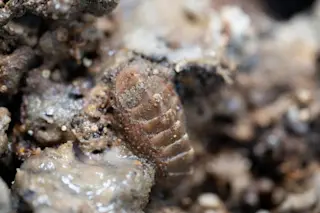Nearly a decade ago Hermann Pfefferkorn and Jun Wang—scientists from opposite sides of the globe—came together to go prospecting among the granite slabs of Inner Mongolia’s Helan Shan mountain range. From nearby fossil finds, they knew the mountains preserved plants and animals that flourished long before the dinosaurs. Though the researchers had trekked the route often, this time they noticed that coal miners had freshly exposed a gleaming white bed of volcanic rock. The rough sediment appeared to be stamped with blackened forms. When they clambered up to investigate, they realized the markings were hundreds of plant fossils. “As we split the rocks, we saw the marvelous preservation,” recalls Pfefferkorn, a paleoclimatologist at the University of Pennsylvania.
Last April, Pfefferkorn and Wang, a paleobotanist with the Chinese Academy of Sciences, described the full magnitude of the find: an entire swath of ancient swamp forest frozen in time beneath more than ...


